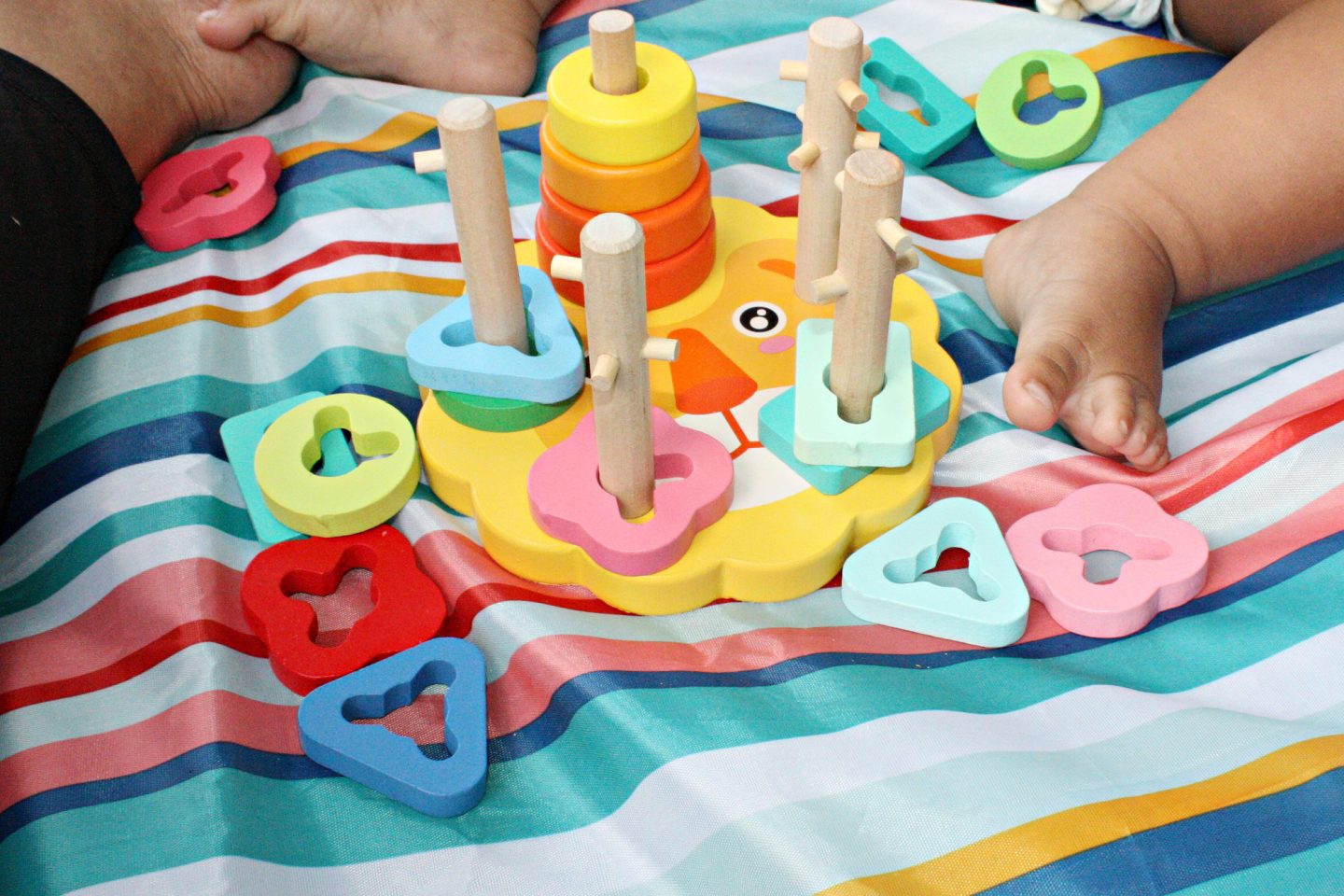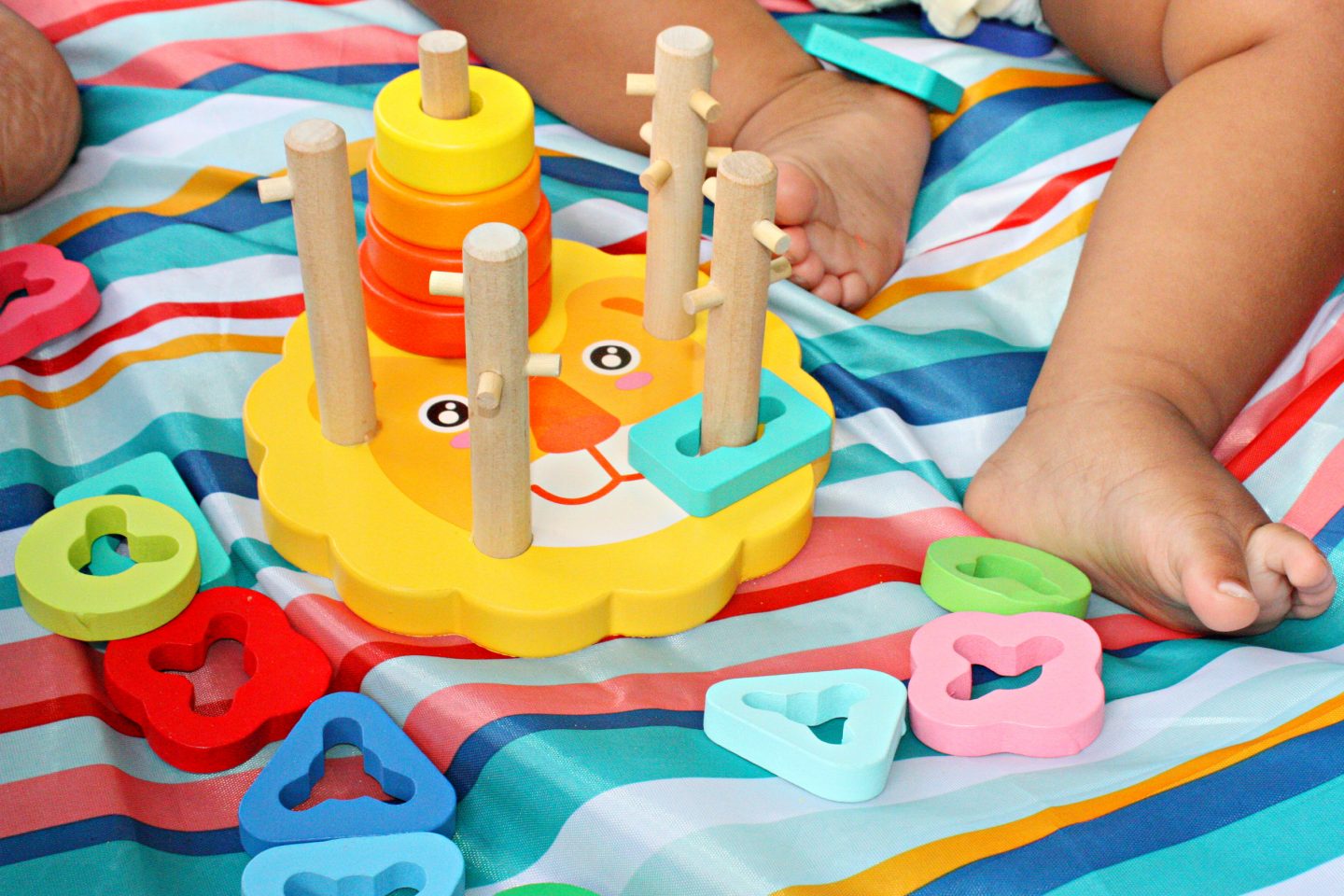
Engaging your child in listening therapy at home can be a significant step toward improving their auditory processing and overall communication skills. Parents can implement listening therapy easily at home by integrating specific exercises into their daily routines. These exercises improve the child’s ability to process sounds and follow instructions, ultimately fostering better development.
Starting with basic listening activities, such as recognizing sounds and simple auditory games, sets a strong foundation for more advanced techniques. For parents seeking a deeper understanding, exploring any comprehensive guide to listening therapy can provide invaluable insights and strategies tailored to their child’s needs.
As your child progresses, incorporating advanced listening techniques like using music and structured play can greatly benefit their auditory skills. By consistently practicing these strategies, parents can help their children achieve significant improvements in their listening and communication capabilities. Please note that this article is for informational purposes only; for further assistance, consult a medical professional.
Key Takeaways
- Engaging in listening therapy is vital for a child’s auditory development
- Establishing a strong foundation with basic exercises is crucial
- Advanced techniques can further enhance auditory processing and communication skills

Establishing a Foundation for Listening Therapy
Implementing listening therapy at home involves understanding the practice, creating the right setting, and integrating the therapy into daily life. This ensures consistency and maximizes the benefits for speech and language development.
Understanding Listening Therapy and Its Importance
Listening therapy is a sound-based intervention designed to improve auditory processing and language development. It often involves structured listening sessions that include various types of music or sounds. This therapy is essential for children with sensory integrative difficulties, autism, ADHD, and similar conditions. Early intervention through listening therapy aids in the development of speech sounds and language skills. When supported by a certified speech-language pathologist, the therapy can significantly enhance a child’s communication abilities and overall development.
Setting Up a Conducive Environment for Listening
Creating a supportive environment is crucial for successful listening therapy. Choose a quiet and comfortable space where distractions are minimized. This area should be dedicated solely to therapy exercises, ensuring a consistent routine that children can rely on. Parents should make sure that the volume of the audio used in the sessions is at a normal conversational level and that excessive noise is removed. If the child uses hearing aids, they should be removed before beginning the session to optimize the listening experience. This setup builds confidence and promotes a sense of security.
Incorporating Listening Therapy into Daily Routines
Incorporating listening therapy into daily routines supports consistency and long-term success. Establish a schedule that includes short, regular sessions, such as thirty minutes daily, which can be split into more manageable parts if necessary.
Engage parents and caregivers in these sessions to foster motivation and active participation, enhancing parent engagement and child development. Integrate listening exercises with other daily activities, like before bedtime or during quiet reading times, to ensure they become a natural part of the child’s day. Providing access to resources and maintaining a structured routine will make the therapy more effective and sustainable over time.

Advanced Techniques and Strategies for Listening Therapy
Implementing advanced techniques and strategies for listening therapy can help parents effectively support their child’s speech and language development. By tailoring therapy to the child’s unique needs, fostering growth through playful interactions, and utilizing modern technology, parents can create a nurturing environment conducive to language and listening skills.
Tailoring Listening Therapy to Your Child’s Needs
Each child has unique communication skills and needs, making personalized strategies crucial. Begin by consulting a speech therapist or pediatrician to understand specific areas for improvement. Daily practice should focus on both receptive and expressive language skills.
Parents can engage in modeling conversations, using clear and concise language. Real-life situations provide practical context, making it easier for children to grasp new vocabulary and concepts. Regular feedback and positive reinforcement help boost self-confidence and reinforce successful communication attempts.
Encouraging Speech and Language Growth Through Play
Play is a natural way to enhance language skills and social interaction. Engaging in activities like role-play, storytelling, and interactive games can facilitate conversation and problem-solving abilities. These activities encourage both articulation and vocabulary growth in a fun and engaging manner.
Parents should create a supportive environment that allows for choice and expression. Activities such as reading books together or participating in arts and crafts can stimulate language development and help children with autism or other communication challenges develop essential social skills. Regular play sessions help solidify progress made during more structured therapy exercises at home.
Using Technology and Devices to Enhance Listening Therapy
Modern technology offers numerous tools to support listening and speech therapy at home that can aid children with significant speech and language delays. These devices range from simple picture boards to sophisticated speech-generating devices, enabling children to express themselves more effectively.
Apps and online platforms offer interactive activities that reinforce listening and language skills. Parents can use these resources to supplement traditional methods, providing varied formats for daily practice. Additionally, technology can track progress, making it easier to adjust techniques and strategies to meet the evolving needs of the child.
Conclusion
Implementing listening therapy at home requires consistency, patience, and engagement. Parents play a crucial role in facilitating their child’s growth by incorporating listening activities into daily routines. Utilizing tools like music, games, and communication during everyday activities can significantly enhance children’s listening skills. By being actively involved, parents can create a supportive and enriching environment for their child’s development.







